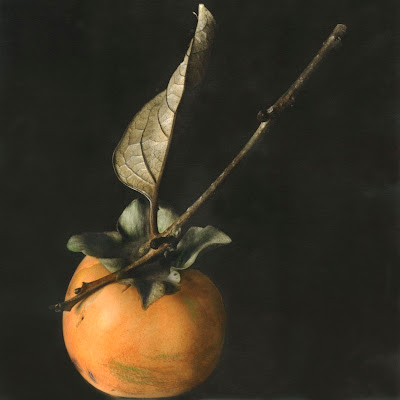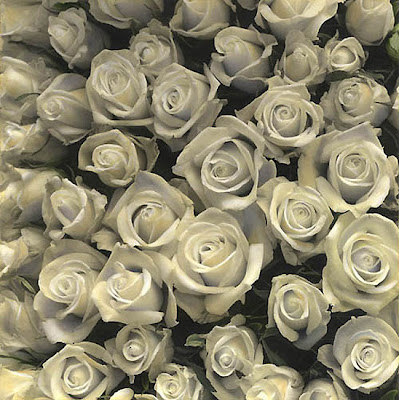Do Process: Brigette Carnochan
This week I am featuring artists exhibiting in Verve Gallery’s Do Process exhibition, showcasing eight unique approaches to the photographic process.
Brigitte Carnochan has been showcasing her exquisite hand-painted silver gelatin prints of nudes and still lifes for many year, and that’s exactly what she exhibits at the Verve Gallery. Brigitte begins her process by using a medium or large format camera to produce negatives rich with information. She then makes a black and white silver gelatin print with a matte finish. Finally, she judiciously and artistically applies oil paints onto the dried print. Some of her nudes take an hour to paint, whereas some of the still lifes can take up to as much as six hours to finish. Because each printis hand painted, no two of Brigitte’s hand-painted photographs in any edition are identical.
Brigitte’s photographs are represented in museum, corporate and private collections. Modernbook Editions published Carnochan’s hand-painted images, Bella Figura: Painted Photographs, in 2006. A limited edition monograph, The Shining Path, was also published in 2006 by 21st Publications. Carnochan was named a Hasselblad Master Photographer for 2003 and her work has been recently featured on covers of Camera Arts and Silvershotz and in Color, Lenswork, Zoom, View Camera, Polaroid, Black and White, and Studija magazines. Three catalogs of her previous work have been published. She teaches photography classes at Stanford University’s Continuing Studies program.
Hand-coloring photographs, manually adding color to a black and white print, is almost as old as photography itself. The announcement of the invention of the Daguerreotype in 1830 was accompanied by an almost apologetic disappointment that there was an absence of color on the print. Daguerre and his successors tried assiduously to find a way to fix an image with the “colors of nature,” but without success. As early as 1841, a few of Fox Talbot’s assistants were experimenting by applying watercolor, oils, pastels, dyes, or color pencils to the matte-surface paper of calotypes. Quickly, hand-colored pictures became the norm for those wishing to have their photographic portraits ‘touched up.’ This hand-coloring craft took great skill and because of demand, many portrait painters of the time turned to becoming photographic print hand-colorists. You probably have photographs of your ancestors from the early part of the 20th century that are hand colored.
Posts on Lenscratch may not be reproduced without the permission of the Lenscratch staff and the photographer.
Recommended
-
Luther Price: New Utopia and Light Fracture Presented by VSW PressApril 7th, 2024
-
Artists of Türkiye: Sirkhane DarkroomMarch 26th, 2024
-
European Week: Sayuri IchidaMarch 8th, 2024
-
European Week: Steffen DiemerMarch 6th, 2024
-
Rebecca Sexton Larson: The Reluctant CaregiverFebruary 26th, 2024








































































